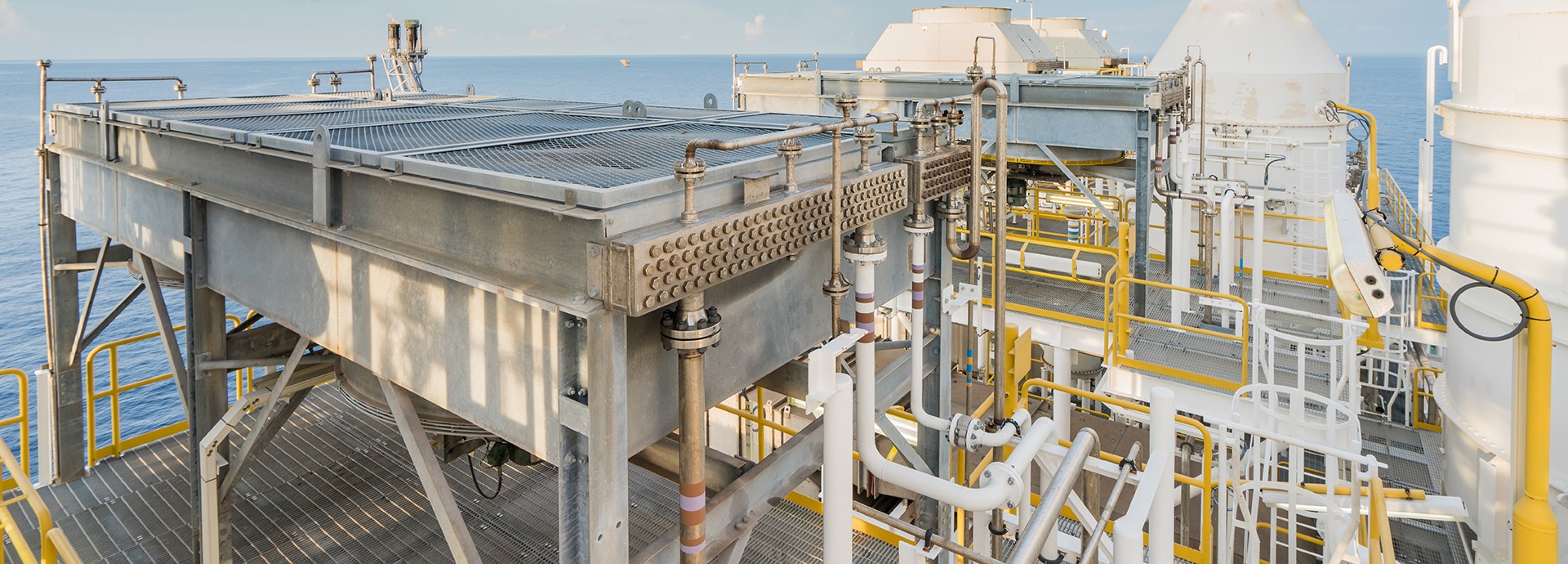
In order for an industry to function correctly, many things must be thought of, above all to have a good temperature despite the large size of the building and to have machinery work correctly, constantly and without sudden blocks. In some industries it is essential to install industrial heat exchangers, devices that allow for an exchange of thermal energy between two fluids of different temperatures. These devices are used in large industries where there is a need to maintain a fixed temperature in some areas or to change the state of a fluid, for example making it go from liquid to gaseous.
Depending on the type of industry, the right model must be chosen to ensure maximum efficiency in the processes. The factors of choice can be: the material with which the appliance is built, the ease of use, the seal (in case of working with toxic fluids), the maintenance costs (which can also be very high), the reliability and safety. But how exactly do heat exchangers work and what are the most common models you can find in the market?
What is a heat exchangerNot all industries need a heat exchanger, but only those that have to carry out specific production processes, such as: pasteurization, sterilization, a change of state such as crystallization, evaporation or condensation, or cooling or heating of fluid currents. From this it can be deduced that these appliances are indispensable in the food or chemical and petrochemical industries, where the production environments must have a high level of safety. The most common industrial heat exchangers are those with plates, shell and tube or finned coils.
The choice varies from the type of production to be performed, the size of the industrial plant and the safety standards to be respected. A major distinction that must be made is between water/air exchangers and air/air exchangers, because they have differences in price, functioning and methods of use.
Water/air exchangersThe water/air exchangers for industrial use are able to cool/heat an environment in a very short time. They are chosen in very large buildings instead of air conditioners because they offer great savings in terms of energy and money. Usually, industries choose these heat exchangers if the air inside the plants is oily or full of dust, since they prevent humidity from entering the electrical panel. A water/air exchanger can only be installed if the temperature outside the system is higher than the inside.
Air/air exchangersThe air/air exchangers for industrial use are usually installed when the external temperature of the system is lower than the internal one. These appliances are perfect for systems or very small rooms, since they have a lower cooling capacity than water/air exchangers, however they also require less maintenance.
Different types of heat exchangersOn the market you can find different types of heat exchangers, made with different solutions based on your needs, which can be different based on the type of industry.
The simplest and most standard heat exchanger is the double tube one, which is made up of 2 concentric tubes of different diameters: the first fluid flows in the smaller diameter tube while the second fluid flows in the annular duct between the two tubes. The flows can be of two types: equi-current (when the fluids travel in the same direction) or counter-current (when the fluids travel in opposite directions).
The tube and shell heat exchanger is the most used model in industrial applications. This type of exchanger is characteristic for the large number of tubes that make it up (there can be even hundreds of tubes) and a cylindrical shell that contains them.
The plate heat exchanger is made up of metal plates with holes that allow the fluids to pass through small ducts. Its peculiarity lies in the sides of the plate, which come into contact with hot and cold fluids alternately.
The regenerative exchanger allows the alternating passage between the hot fluid and the cold fluid, as occurs in the plate exchanger. However, there is a difference between static and dynamic. The static regenerative heat exchanger has a large thermal capacity and a porous structure, characterized by a mesh of ceramic material wires. The dynamic regenerative exchanger, on the other hand, allows a continuous flow of hot and cold fluids and consists of a rotating drum, which comes into contact during rotation with both fluids alternately and works as a useful tool for storing thermal energy.
All these heat exchangers can be very efficient, but over time things can change due to an accumulation of materials of various kinds in the walls, which create resistance during the heat exchange process, thus reducing their efficiency. However, this may also not happen if adequate periodic maintenance is carried out, as the appliances must always be cleaned and checked by expert hands to be considered safe and efficient over the years.



